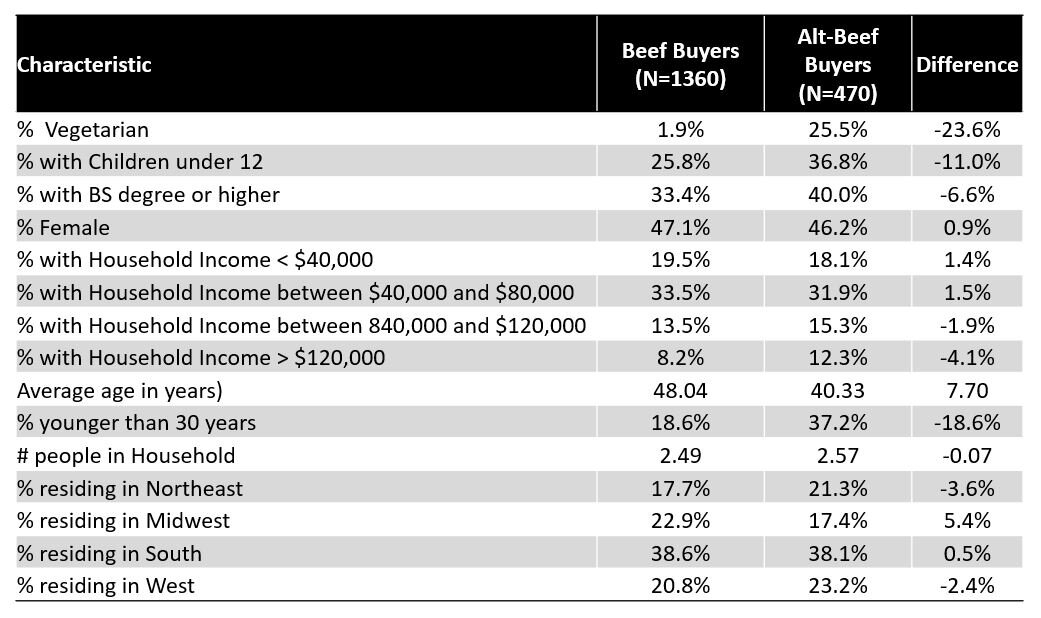I was excited to see that my colleague, Richard Sexton, a Distinguished Professor at UC Davis, has a new book hitting the shelves next month: Food Fight: Misguided Policies, Supply Challenges, and the Impending Struggle to Feed a Hungry World. Richard is one of the most respected agricultural economists in the world, and has consistently produced some of the most interesting and impactful work in the area of agricultural market structure and market power. His new book is well worth a read, and even where you disagree with is assessment on certain food policies, you’ll benefit from engaging with is arguments. Here is the publisher’s description:
“Society’s most basic challenge is arguably to produce and distribute enough food for its citizens. In 2023, 733 million people faced hunger and 2.3 billion were moderately or severely food insecure. Feeding a growing world population is becoming more difficult in the face of climate change, pest resistance to traditional treatments, and misguided government policies that limit how much food ends up on our plates. Policies to support biofuels, organic agriculture, local foods, and small farms and to oppose genetically modified foods all reduce food production on existing land. This leads to higher food prices, increased carbon emissions, and less natural habitat as cropland expands. Food Fight documents the challenges to adequately feeding the world in the twenty-first century and illustrates the ways in which contemporary food policies in the United States, Europe, and beyond imperil food security. Richard J. Sexton provides a window into the world of modern agriculture and food supply chains. He separates the wheat from the chaff to distinguish policies that will limit, or expand, the global food supply, and he explains how we can construct a food system that forestalls future hunger and environmental degradation..”





